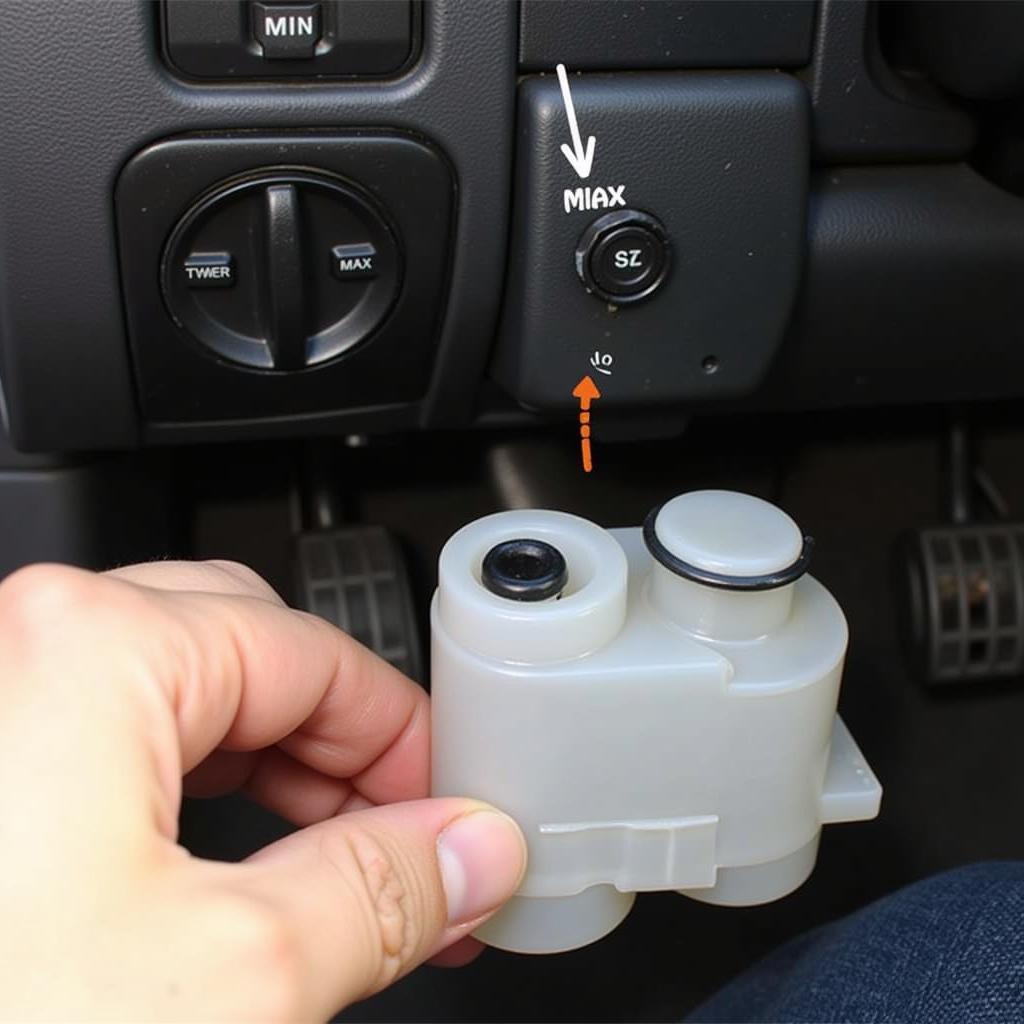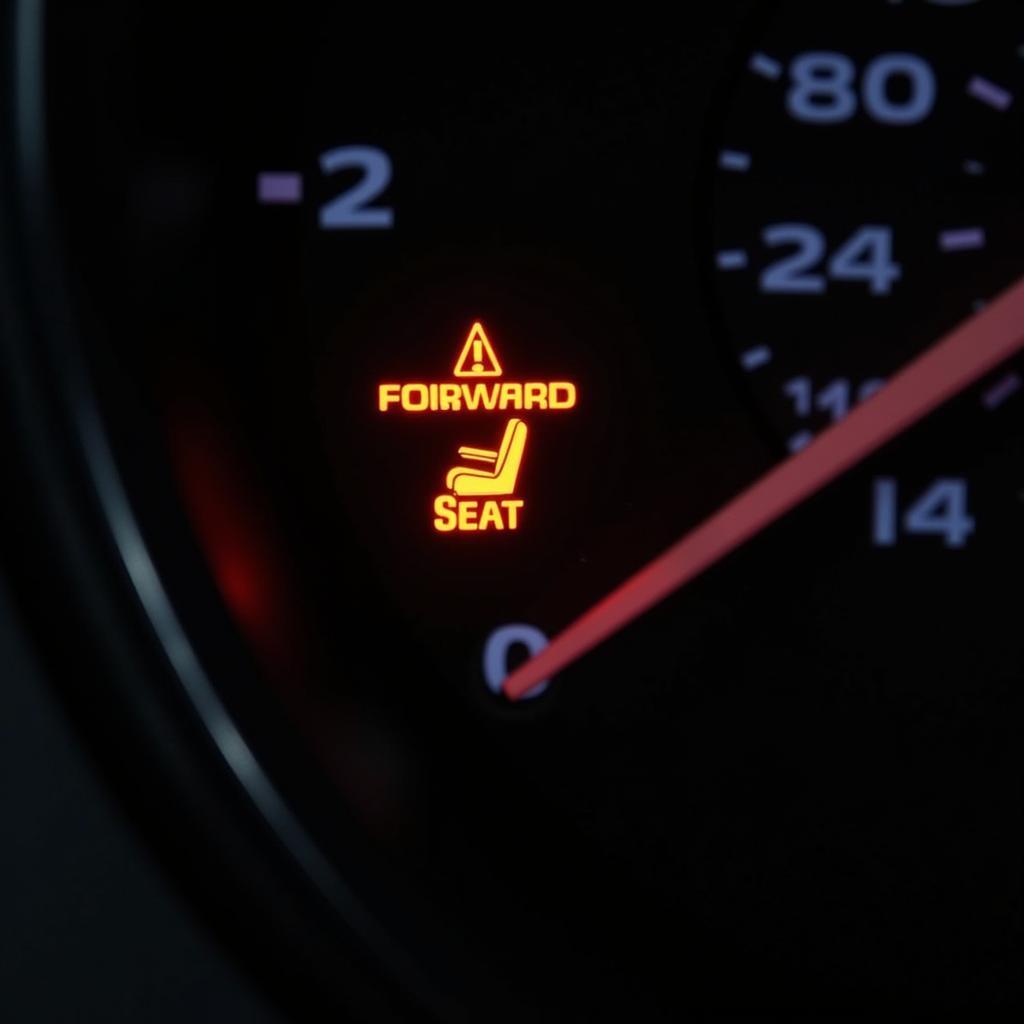Are you concerned about keeping your precious wheels safe from thieves? You’re not alone. Wheel theft is a frustratingly common crime, but luckily, a simple solution provides effective protection: anti-theft wheel bolts (also known as locking wheel nuts). But how do these specialized fasteners work their magic? Let’s delve into the world of anti-theft wheel bolts and understand how they help keep your car securely on the ground.
Understanding the Problem: Why Anti-theft Wheel Bolts?
Your car’s wheels are secured using lug nuts or bolts. A standard set uses a universal pattern, meaning any wrench fitting one nut can loosen them all. This is convenient for routine tire changes but a gift for thieves.
Anti-theft bolts combat this with a unique design. Instead of a standard hexagonal or pentagonal socket, they have an irregular, more complex pattern. This pattern requires a specialized socket, which only you (and hopefully, your mechanic) possess, deterring would-be thieves.
Identifying Anti-theft Wheel Bolts
Identifying if your car has anti-theft bolts is straightforward:
- Visual Inspection: Check your lug nuts/bolts. If one per wheel has an unusual pattern differing from the rest, they’re likely anti-theft.
- Owner’s Manual: Your car’s manual will mention if anti-theft bolts were factory-equipped.
- Key Presence: Look for a small, uniquely shaped socket in your vehicle’s toolkit. This is the key for your anti-theft bolts.
What You Need to Remove Anti-theft Wheel Bolts
- The Key: The most vital tool! Without the matching socket, you can’t remove the bolts. Check your glove box, spare tire compartment, or with the car’s documentation.
- Breaker Bar/Torque Wrench: Anti-theft bolts are often tightened securely. A breaker bar provides leverage for initial loosening, while a torque wrench ensures proper tightening later on, crucial for safety.
- Socket Wrench: To attach the key and breaker bar/torque wrench for efficient operation.
How to Remove and Install Anti-theft Wheel Bolts
Removal:
- Engage Parking Brake: Safety first! Ensure the vehicle won’t roll.
- Loosen Bolts: Use the breaker bar and key to loosen each anti-theft bolt slightly. Don’t fully remove them yet!
- Jack Up the Car: Use a car jack at designated lift points to raise the wheel off the ground.
- Full Removal: Now, fully remove the anti-theft bolt and then the remaining standard bolts.
- Swap Your Tire: With the bolts removed, you can now change to your spare or new tire.
Installation:
- Hand-thread Bolts: Place the new tire and hand-thread all bolts, including the anti-theft bolt, to avoid cross-threading.
- Lower the Car Slightly: Use the jack to lower the car just enough so the tire touches the ground but still has some weight on the jack.
- Tighten with Torque Wrench: Consult your owner’s manual for the correct torque specification. Use the torque wrench and key to tighten the anti-theft bolt first, followed by the others in a star pattern.
- Lower Fully and Double-Check: Lower the car completely and re-check all bolts, including the anti-theft one, to ensure they are tightened to the proper torque.
 Anti-theft Wheel Bolt Set
Anti-theft Wheel Bolt Set
Frequently Asked Questions
What if I lose my anti-theft bolt key?
Losing your key can be a real headache! Don’t panic; there are solutions:
- Contact the Dealer: Your car’s dealership may be able to provide a replacement key using your Vehicle Identification Number (VIN).
- Specialized Locksmiths: Some locksmiths specialize in removing anti-theft bolts without the key, utilizing specialized tools.
Can I just use regular bolts instead of anti-theft ones?
While technically possible, it’s strongly discouraged. Doing so leaves your wheels vulnerable to theft. Anti-theft bolts are a small investment for significant peace of mind.
How often should I check my anti-theft bolts?
It’s good practice to check their tightness during regular vehicle maintenance or when rotating your tires.
Are there different types of anti-theft wheel bolts?
Yes, various designs exist, each with varying levels of security. Some common types include:
- External Pattern: The most common type, with the unique pattern on the bolt’s exterior.
- Internal Pattern: The unique pattern is inside the bolt, making it more discreet and potentially more secure.
- Rotating Collar: Features a free-spinning outer collar, making it difficult for thieves to grip and remove.
 Car Diagnostic Tool
Car Diagnostic Tool
Need Help With Your Car’s Electronics?
Anti-theft bolts play a crucial role in securing your wheels, but sometimes even the most secure cars need a little help. If you’re experiencing any electrical issues with your vehicle, don’t hesitate to reach out. At Cardiagtech, we offer a range of advanced car diagnostic tools and software that can help pinpoint and resolve even the most complex electronic faults. Our expert team is always ready to assist you with top-notch diagnostic services.
Contact CARDIAGTECH today to learn more about our products and services!


